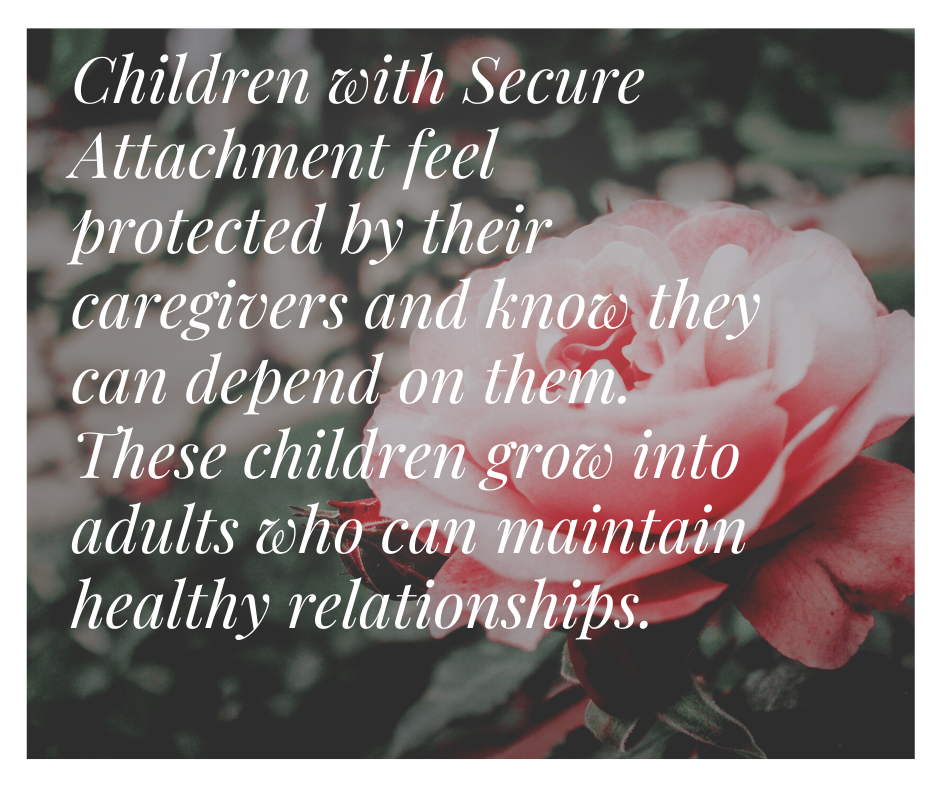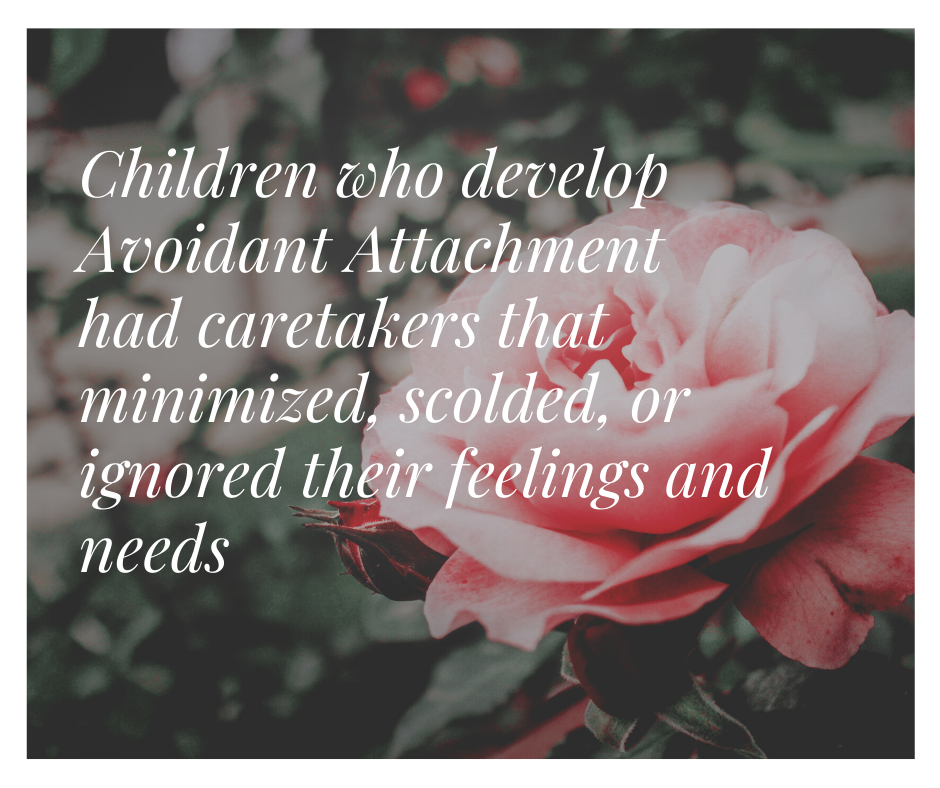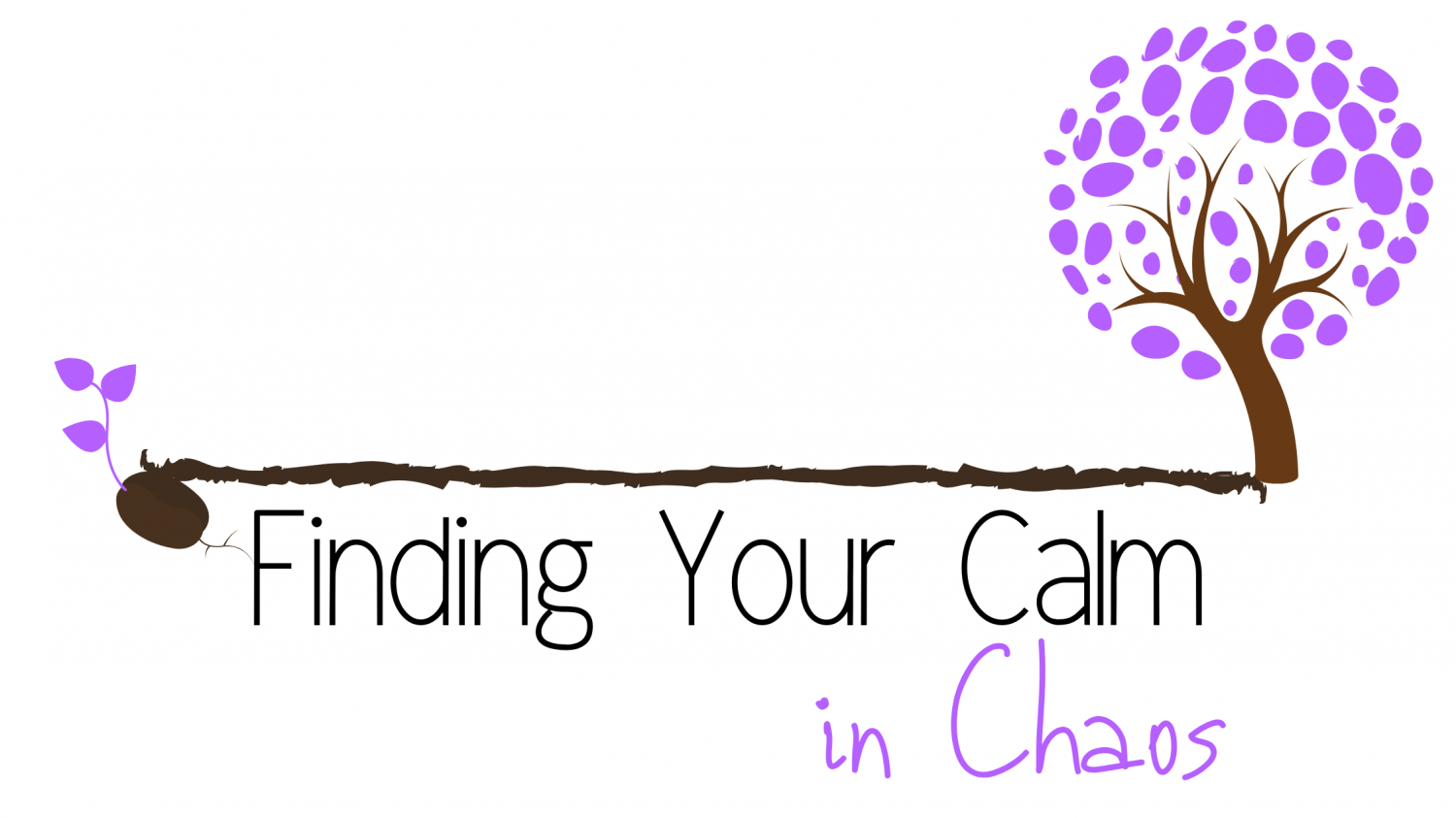
I was a teenager during the 80s. It was the age of MTV and VCR’s. In the mid-80s, we spent most weekends at the movie theaters. We would wait for all the new movies to premiere. I covered my walls in pages taken from Tiger Beat magazine. Teenage girls everywhere had photos of all the popular, good looking movie stars like Sean Penn, Rob Lowe, Emilio Estevez, Matt Dillon, and Ralph Macchio. We swooned over famous musicians like Jon Bon Jovi, Rick Springfield, and Richard Marx.
I recall going to the movie store in 1986 and renting a VCR and movies to watch for the weekend. We made an enormous deal out of this! We thought viewing movies in our own living rooms was amazing technological progress. The 80s were all about music and movies. The lyrics to songs and the videos that would accompany them made us believe that we were all placed on this earth to fall in love.
Producers out of Hollywood had romanticized themes of couples falling in love, losing each other, and falling back in love. “Sixteen Candles,” “Pretty in Pink,” and “Top Gun” had us believing that love would happen and that it would be the most magical thing in our lives. This theme continued into the early 1990s with movies like “Sleepless in Seattle,” ” Pretty Woman,” and “Jerry Maguire.” Some of the most beautiful love songs in history come from this era. These love songs were produced from many of the greats like Stevie Wonder, Whitney Houston, and bands like Chicago and Air Supply. But this overly romanticized vision of love did not always work out as the famous musicians and actors told us they would. As we dated and got married, we would find that happily ever after’s required more work than what they showed on the big screens or we heard on our radios.
In 1989, Bret Michaels, the lead singer of Poison, wrote and produced a #1 hit about a failed love affair. He called it “Every Rose has a Thorn.” In this song he talks about how failed communication and the inability to express himself leads to confusion, disappointment and the end of the relationship. In this beautiful ballad, he sings:
We both lie silently still
In the dead of the night
Although we both lie close together
We feel miles apart insideWas it something I said or something I did
Did the words not come out right
Though I tried not to hurt you
Though I tried
But I guess that’s why they sayEvery rose has its thorn
If Bret Michaels could not save a relationship, I am not sure why any of us teenagers thought we could! As we mature into adults, we all wonder why we have so much trouble expressing our genuine emotions to those we love. According to the American Psychological Association, in today’s ever-changing world the divorce rate in America is now around 40 to 50%! Happily ever after’s are becoming harder and harder to attain. When we are falling in love, we often are not aware of the years and years of hard work that is to follow. We somehow believe that “love will conquer all,” and never stop to consider how our upbringings and personalities will affect us after we have completed the honeymoon phases and real-life takes hold.

During the past few weeks, my online group has been discussing what establishes a healthy relationship. We dove deep into honesty, trust, respect, safety, support, and cooperation in intimate relationships. These wonderful things are something we all should strive for but how do we get there? To do that, we must explore our attachment styles of both ourselves and our partners.
This week I will talk about the four attachment styles in individuals and how these influence our communication and behavior in relationships. Two of these types of attachment styles are common for codependents and generally, keep them from developing true intimacy. Before we can look at the attachment styles in adult relationships, we must explore what the attachment theory is as defined by psychologists.
What is the Attachment Theory?
John Mostyn Bowlby was a British psychologist born in 1907. According to Encyclopedia Britannica, he is renowned for his research and development of The Attachment Theory. This theory states that the bond of a child and the child’s primary caregivers during the first six months are of the utmost importance for the child’s development. If the relationship is positive, the child will develop a sense of security which will allow the child to have a secure base for exploring the world. He describes this as a Secure Attachment. Encyclopedia Britannica describes this as,
“ The theory that humans are born with a need to form a close emotional bond with a caregiver and that such a bond will develop during the first six months of a child’s life if the caregiver is appropriately responsive.”
If infants and children do not establish a strong attachment with a primary caregiver, the consequences that follow for the child can lead to an Avoidant Attachment style, an Anxious Attachment style, or a Fearful Attachment style. It is important to remember that many of our parents did not understand the significance of this bonding period, nor did many of the child-rearing practices in the past 70 years promote some of these needed aspects.

What is The Secure Attachment?
Many adults with a Secure Attachment style have parents who are attentive, consistent, and available not only during the first six months but throughout childhood. These individuals will develop healthy communication and relationship skills because their feelings have been validated. If the parents are consistent and responded appropriately, the child will find it easier to relate and develop relationships with others throughout his/her life. These individuals will find it relatively easy to connect and be intimate both on emotional and physical levels with others. As they enter serious relationships, they easily rely on others for emotional support and develop strong relationships based on mutual respect and compassion. They rarely develop trust issues, can see toxicity in others, and recognize unhealthy relationships before they develop into a lifelong commitment. An important side note is that many children raised in non-nuclear families grow up to have secure attachment styles. It only takes one caring caregiver to raise secure individuals! It is estimated that approximately 55% of society has a secure attachment, according to Peter Lovenheim of the Rochester Beacon, who wrote a great article on how our attachment styles are affecting our reactions to the current COVID 19 crisis.

What about the other 45% of society?
Those that do not develop a Secure style of attachment develop either an Avoidant type of style attachment (25%), Anxious attachment style (15%,) or a Fearful attachment style (5%) (Jenna Birch of the Washington Post) The anxious and avoidant attachment styles are seen most often in codependent individuals. Let’s look at the avoidant style of attachment first.
AVOIDANT ATTACHMENT STYLE
We develop the Avoidant style of attachment if our parents ignored, minimized, or scolded us as children for our emotional needs. Look at the following example:
A caregiver has an infant on a rigid eating and sleeping schedule. The infant cries out in hunger, but because the caregiver has them on a feeding schedule, the baby’s needs have to wait until the required time. The caregiver also has them on a schedule for sleeping, as the infant grows and cries from tiredness the adult keeps him awake until scheduled nap time. Bedtime is also rigid, and they place the child in a crib and allow them to cry themselves to sleep to establish a nighttime routine. The caregiver refuses to attend to the child’s needs to teach the infant to sleep through the night. Later, as the infant becomes a toddler, the same rules are applied, and the child is punished for being upset when he is tired or hungry outside of his established schedule. When the child falls and is hurt he is told that he is okay and to “brush it off.” As a growing child, he is punished or scolded for feeling upset, lonely, or scared. Communication is often shut down by the caregiver because they are busy, uninterested, or practice tough love. They are told to “get over it,” “toughen up,” “grow up,” “deal with it” or stop “overreacting.” Each example here has demonstrated how an infant, toddler, or child’s needs are minimized, ignored, or punished.

As the child grows they have learned to ignore their own emotions and physical needs and because previous attempts to communicate their needs have been unmet they no longer can even identify what those needs are. These individuals develop firm boundaries with those around them and have high expectations of others. This will also affect how they communicate their feelings as adults in relationships and will minimize, punish, or ignore their partner’s emotional needs because they have not learned how to identify their own needs and have not had their own needs met.
The Avoidance Attachment style will create a partner that seems distant, and cannot enjoy a relationship because they withdraw and shrink from true intimacy. Many of these individuals can be unpredictable and selfish in relationships because they do not recognize their own needs and because these needs go unmet, they will not meet the needs of their partners. There is always a sense of “feeling guarded” in these individuals and they fear abandonment and rejection. We know them to withdraw or retreat from relationships when things are not going their way. Many of these individuals never develop a genuine sense of identity and take on the personas of those around them or create false personas to fit in with the people around them. They will seem confident but have low self esteems because they do not know who they are. These individuals may minimize dangers with risky behaviors such as drinking, smoking, or having sex at an early age or with risky partners. As adults, it may draw them to extreme sports or they may take unnecessary risks.
ANXIOUS ATTACHMENT STYLE
Children develop the Anxious Attachment style when the caregiver is inconsistent with responses. These types of parents may shower the child with love and attention one moment and later ignore or guilt the child to get him to cooperate. Often these caregivers will love the child when the adult needs love and attention but not when the child is needing love and attention. These types of caregivers will try to meet some of their own emotional needs from the child instead of nurturing the child’s emotional needs.
Look at the following example
Sometimes a caregiver becomes preoccupied with his own stresses. They attend to the infant when the parent is happy and content with no problems. When the caregiver is happy, the infant receives love and has its needs met. However, when the caregiver becomes stressed, tired, or hungry, the infant’s needs come second or go unnoticed. Often they leave the child in the care of another family member. As the child grows, he becomes accustomed to inconsistency, never knowing when and if his emotional and physical needs will be acknowledged. When the caregiver is happy life is good, when the caregiver is not the child is left to fend for themselves. Many times when the caregiver needs company, attention, or reassurance they will spend time with the child and shower them with attention. These types of caregivers will often over-share information with the child. When the adult has met their own emotional needs or the adult becomes distracted, things will return to a period of the child being ignored and his needs will again go unmet. The child may grow up with few boundaries or rules. They raise this child with a “come here, go away” attitude, and the child becomes confused by the world around them.

The anxious attachment style will eventually create a partner who has a fear of abandonment, rejection, and a sense of unworthiness. They may over-share with others and divulge private information about the relationship with people. Often these partners will call or text repeatedly if their messages go unanswered. They will act out in ways to get their partner’s attention, sometimes using jealousy as a weapon. They may display “hot and cold” behaviors to their partners. These individuals have reactive fight and flight responses and sometimes will leave and return to partners repeatedly. Many individuals with anxious attachment styles will associate as an Empath and believe that they are capable of “reading” their partner’s moods and feelings. This often leads to miscommunication. These individuals may catastrophize events or see the worst in situations. They are low risk-takers and dislike feeling out of control in situations. However, in highly stressful situations they are prone to smoking, drinking, or experimenting with drugs.
Fearful attachment style
Fearful attachment style is created by caregivers that use threatening ways to respond to a child or cannot meet the basic needs of the infant. Many psychologists believe that the fearful attachment style is created from severe abuse or neglect. This attachment style has many characteristics from both the avoidant and the anxious styles. These individuals grow up wanting intimacy but can not achieve healthy relationships. If they enter relationships often those relationships have large amounts of turmoil and drama. They want true intimacy but are fearful of genuine relationships because of fears of being hurt or abandoned. Many of these people seek faults in their partners to find excuses to leave relationships. They often feel inadequate in partnerships and withdraw when things become serious or emotional. These types of individuals will often engage in casual sex rather than healthy, monogamous relationships.

Which attachment style describes me?
Knowing what our attachment style is can help us to understand and make positive changes in our intimate relationships. Knowing why we behave in a certain way can help us to formulate a plan to change our behaviors and improve intimacy. When we understand how our early childhood relationships are still affecting our current relationships, we are able to make positive changes.
What can I do now?
Most of us go through life with the same attachment styles we developed as children. We sometimes can choose partners with the same attachment style as ourselves, this can make the marriage ride even more rocky. However, as more and more information becomes available on this subject, adults are choosing to educate themselves on ways to change these responses and behaviors. People are now seeking therapy to learn better-coping skills and find positive ways to deal with their attachment styles. Once we make the connection of WHY we are the way we are, we can CHOOSE the path from chaos to calm. We can all strive to reach a secure attachment style, some of us will have to work harder than others but we all can change regardless of our childhood, behaviors, or beliefs.
We filled the 1980s with overdramatized and over-sensationalized visions of love and romance. Many of us believed that falling in love would lead to our own versions of happily ever afters. This disappointed many couples through no fault of their own. How our primary caretakers responded to us set us on a path to how we behave in adult relationships. However, we can free ourselves from the bondage of our childhoods and create the lives we deserve. We just need to educate ourselves on why we are the way we are and have the strength to change. Change is never easy, however, we all deserve happiness. Even the lead singer from Poison, Bret Michaels, could learn something from understanding his own attachment style.
 To determine your own attachment style
To determine your own attachment style
A group of professors of psychology at the University of Illinois have designed a short survey to help. To determine your attachment style click the following link and choose option B.

![]() What are the four attachment styles? Secure, avoidant, anxious and fearful
What are the four attachment styles? Secure, avoidant, anxious and fearful
![]() Secure attachment – Children with Secure Attachment feel protected by their caregivers and know they can depend on them. These children grow into adults who can maintain healthy relationships.
Secure attachment – Children with Secure Attachment feel protected by their caregivers and know they can depend on them. These children grow into adults who can maintain healthy relationships.
![]() Avoidant attachment– Children who develop Avoidant Attachment had caretakers that minimized, scolded, or ignored their feelings and needs
Avoidant attachment– Children who develop Avoidant Attachment had caretakers that minimized, scolded, or ignored their feelings and needs
![]() Anxious attachment– Children who develop Anxious Attachment had caretakers inconsistent with responses. Caretakers often met their own emotional needs through the child.
Anxious attachment– Children who develop Anxious Attachment had caretakers inconsistent with responses. Caretakers often met their own emotional needs through the child.
![]() Fearful attachment –Children who develop fearful attachment had caregivers that used threats or could not meet the basic needs of the child. Severe cases of abuse and neglect contribute to this attachment style.
Fearful attachment –Children who develop fearful attachment had caregivers that used threats or could not meet the basic needs of the child. Severe cases of abuse and neglect contribute to this attachment style.
![]() Where can I find out my attachment style? Click here
Where can I find out my attachment style? Click here



